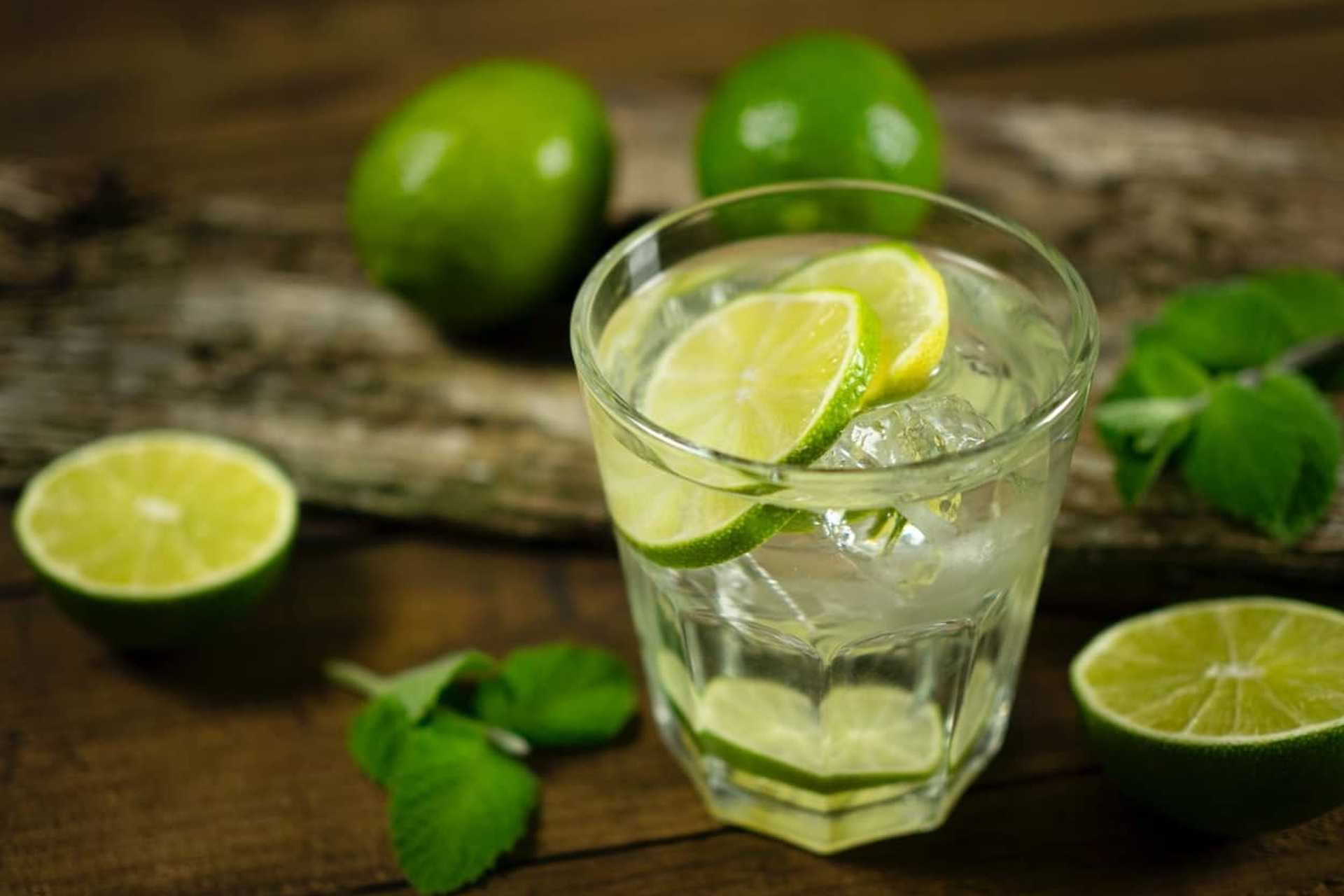
Lime-is it hard to imagine a summer without lime? For delicious cocktails, juicy cakes, or exciting dressings you need the juice of citrus fruits. But how much juice is in one lime? Here you can find out how to get the maximum amount of juice and how you can optimally use the peel!
In a nutshell:
- Roll or knead fruit before squeezing
- Fully ripe fruit gives the most juice
- Briefly freeze fruit for maximum result
How Much Juice In One Lime – Juice yield at a glance
Typically, a medium-sized lime contains about 2 tablespoons of lime juice. That’s about 29 milliliters of juice. You need to properly juice the lime so you get all the juice in it.
Each half lime makes a tablespoon of lime juice. A full, medium-sized lime yields about 2 tablespoons of lime juice. Two tablespoons of juice equals 29 milliliters of juice. I want to mention this specifically because some recipes only call for the juice of half a lime.
The amount of lime juice you can get out of a fruit depends on the variety. A whole Key Lime typically yields about 1 ounce (30 mL) of squeezed juice. A Persian lime, on the other hand, typically contains 1.5 oz.
Tips on How to Buy the Best Limes?
When buying limes, the goal is to choose the ones that produce the most juice. We’ve had some experience with limes and jotted down a few tips on how to buy the best limes.
- The heavier the better. For some reason, heavy limes contain the most juice. When buying, compare the weight and buy the one that feels a bit heavy for its size. It’s definitely juicier than the lighter one.
- Avoid limes with bumpy skin and nipples. Limes with a lot of juice usually have a smooth, firm peel. The lime peel should not be uneven. The lime should also not have any nipples on the end like a lemon usually does. Limes with nipples produce less juice than limes without nipples. There is no scientific explanation for this, I just found it from my experience with limes.
- Firm limes have more juice. Unlike other fruits, soft limes have less juice than those that are firm to the touch. Firm limes are filled with lime juice. Always buy limes that are firm and have shiny skin.
- The greener the better. Limes are usually dark green in color and turn yellow as they ripen. With other fruits, the riper the fruit is, the more juice it has.
- However, this does not apply to limes. Light green limes have more juice than yellow and dark green ones. Always buy light green lemons.
Choose limes that give slightly when pressed. Although firm limes have more juice, the lime should give slightly when pressed with your thumb. If it won’t yield to pressure, you may not be getting enough juice. On the other hand, the lime feels too soft, it’s definitely not filled with juice.
Squeezing tips
If you have a Lime squeezer, you can make it easy for yourself: cut through, squeeze, and done. How much juice you get from the fruits also depends on how the fruit is prepared. These tips will help you get the most out of your fruit!
Buy ripe fruit
If the limes are still very hard, they are not ripe and therefore lack juice. When buying, pay attention to ripe fruits and their origin – they should be seasonal fruits, as they contain the most fruit juice. You can recognize a really good, ripe citrus fruit by the fact that it smells light, can be pressed in like an eraser, but is not mushy!
Freeze the Fruit Briefly
The water expands due to the frost and the cell walls burst. If you then defrost the lemon or lime again, the cell walls are no longer an obstacle when squeezing out the juice. You save energy and get even more output!
Roll out Lime
Roll the lemon, grapefruit, etc. back and forth on your countertop or cutting board with a little pressure. This will break the flesh and make squeezing easier.
Cut lengthways
To get the most juice out of the lime, don’t cut it in half crosswise unless you’re squeezing it through a citrus juicer. If you don’t have one handy, you’ll need to increase the surface area of the fruit. Therefore, always cut the fruit lengthwise and quarter it if possible.